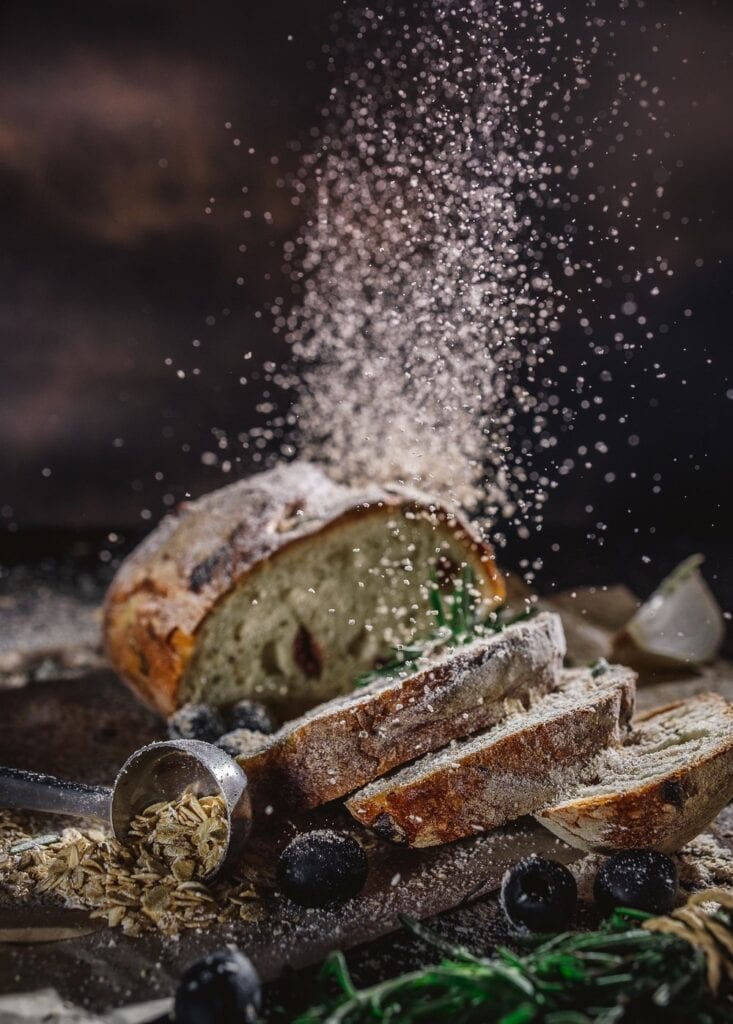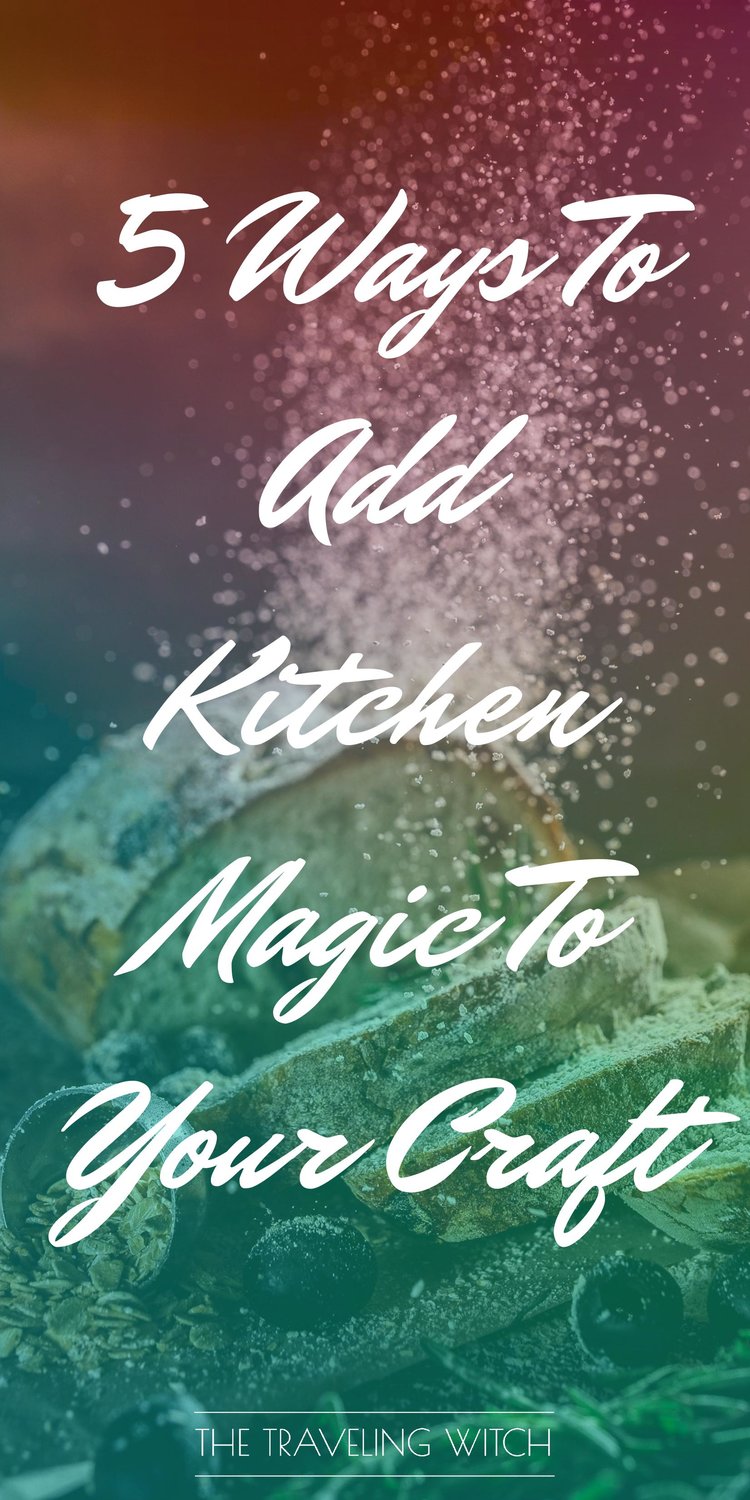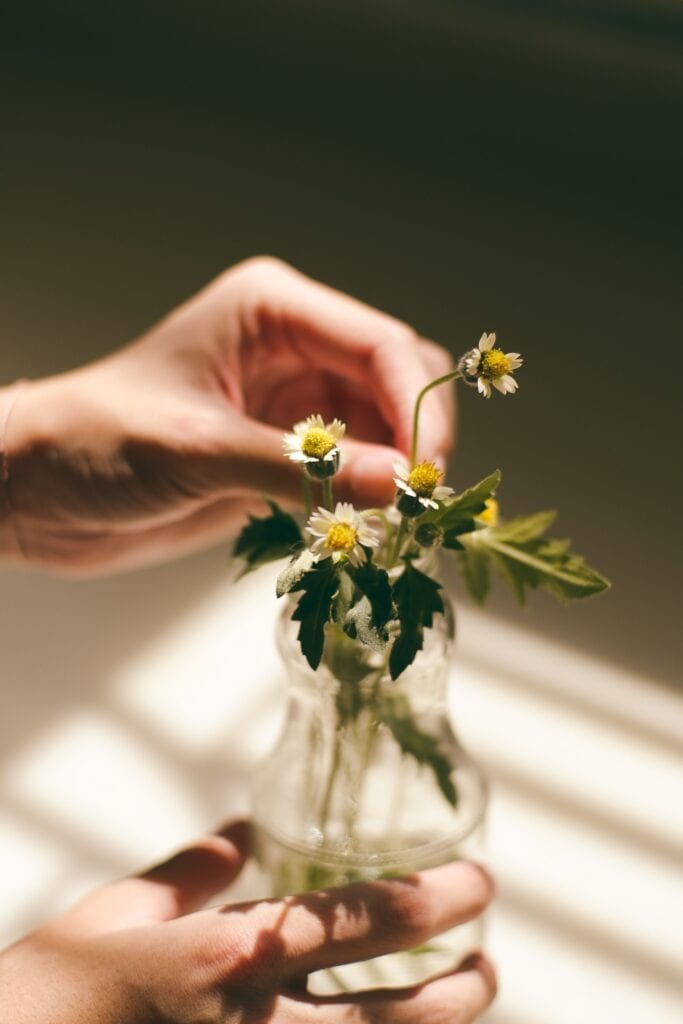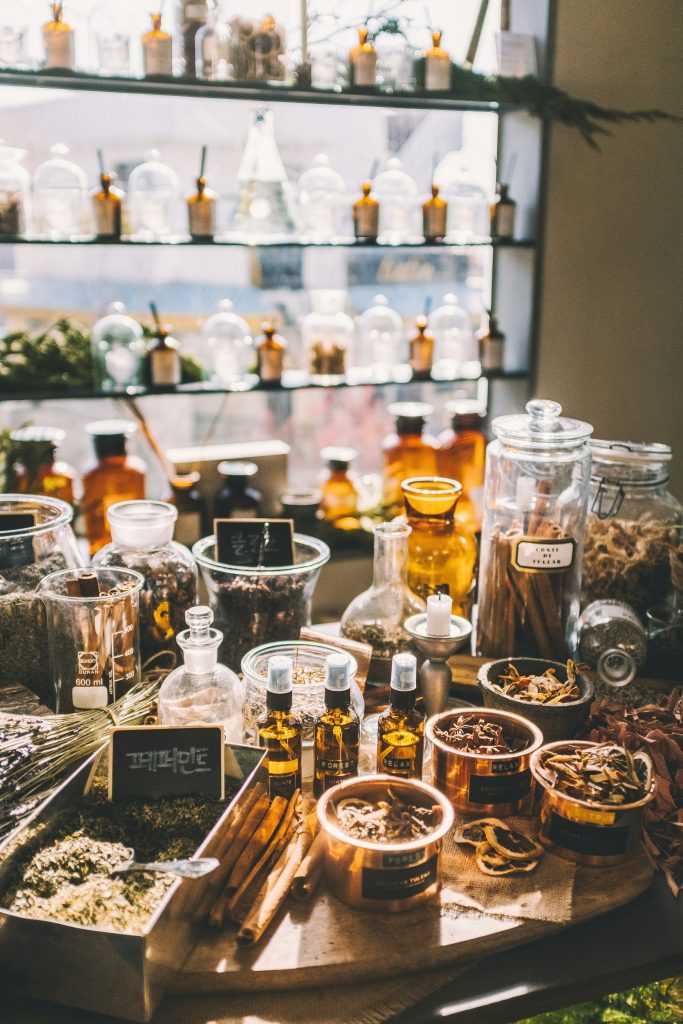Anyone who grew up in a large family knows the kitchen is the heart of the home. It always seemed like everyone gravitated toward the kitchen in my family. Whether it was a huge family reunion or just my parents and siblings, the kitchen was where we socialized. It didn’t matter who was cooking; it didn’t matter if there was even any food being made. When we gathered together, the kitchen table was always where we congregated. This sense of community can take on a life of its own, leading to rituals and traditions that spring from regular life without thought.

These rituals and traditions often form the basis of a kitchen witch’s practice and the energy that a lively kitchen can harness is nothing to be scoffed at. While some people may look down their noses at the more domestic folk magic done in these settings, this brand of magic holds a deep power that is knitted into the fabric of our lives. After all, there’s nothing more essential to our lives than food and community and our kitchens often provide us with both.
What Is Kitchen Witchcraft?
Kitchen witchcraft is any form of magic done in the kitchen. Most often this magic is made to be eaten. That said, many types of hearth craft can be labeled kitchen witchcraft, from making enchanted herbal poultices to brewing your own magical floor washes. You don’t have to be a gourmet chef to work magic in your kitchen, you can make even relatively simple dishes, drinks, and concoctions magical with small tweaks and adjustments.
If you’re not sure where to begin, start small! Find a recipe that looks manageable to you and give it a go. Cooking is like any skill. It takes time and practice to build the knowledge necessary to do it well. If you’re unsure of your abilities in the kitchen, find a friend who loves to cook and ask them to teach you a few recipes. You’ll build new skills and have a great time with your friend at the same time! Here are a few ideas to get you started making magic in your own kitchen.
1. Create A Kitchen Altar
An altar is the first place you should start when working with magic in the kitchen. While the kitchen is a work space in its own right, having a space set aside for working magic can be useful. The extent to which you pursue this depends entirely on your preferences, the space you have available, and your method of magic working. Some witches set aside a space on their countertop but I like to keep my countertops clear and if you’re in a small space like an apartment, then you won’t want to sacrifice your limited counter space to a full altar. The good news is, there are tons of alternatives.
Wall altars are particularly useful in the kitchen. They can be small shelves or decorations hung on the wall to help you center, invoke, and focus your magic. Many kitchen witches also like to place candles on or near their stovetop to help symbolize the traditional hearth fire.
Those witches who use kitchen witchcraft for nearly all of their magical working may find that their entire kitchen becomes a sort of functional altar after a time, with magical and cooking tools intermingled, their stovetop blessed, and small altar adornments finding their way onto countertops and walls along with the kitchen appliances.
Creating an altar is personal and you don’t have to rush it. Every magical toolbox takes time to create, and this is no exception. You don’t need to rush out to buy new tools or decorations. You may be surprised at how much you already have that can be used in your new magical workspace!
2. Build A Relationship With Your Food
A kitchen witch uses food as the vehicle for magical intent, because of this, their relationship to that food must go beyond simply fueling the body. Building a relationship with your food takes time, so don’t worry if this doesn’t come naturally at first. You have three opportunities to practice every day!
Begin this process by becoming more mindful when you eat. You don’t have to change what you’re eating or when but showing up and taking the time to enjoy your meals can make a world of difference. This means avoiding the rushed lunch at your desk, the granola bar breakfast on your commute, and the takeout dinner in front of your television. Again, it’s not about what you’re eating but how. Have your granola bars and takeout but have give yourself time to eat without rushing and don’t fill your time with distractions as you do so. Use real dishes whenever possible.
When you’re eating, try to focus fully on each bite. Feel the textures of your food, pay attention to the flavors, and give yourself space to enjoy the ritual of eating. Wolfing down food so quickly you can hardly taste it won’t get you in touch with the energies and qualities of the food you eat.
If you can’t manage regular, full mealtimes that’s okay. Start by taking time here and there to give yourself brief moments of mindful eating. Be especially focused on the first or last bite of your meal. Take the time to savor that square of dark chocolate after your meal. Really appreciate the complexities of your food, even if only for a moment and whenever you have the time, give yourself that luxurious full meal to sit down and enjoy your food without distraction. Think of this as a form of magical self care.
You may find that as you get more comfortable with these mealtime rituals, your tastes and food preferences change. This is natural! When we stop eating on autopilot and start to focus on how our food makes us feel we begin to notice those foods that we really enjoy or that make us feel our best. I would also encourage you to start branching out with your eating. Try something new and play around with an ingredient you’ve never tried before. These little explorations will give you all the more ingredients to work magic with.
3. Adding Herbs
Herbs and spices are included in nearly every dish we cook (and if you aren’t using many herbs or spices in your cooking, then it’s time to start!). These ingredients have potent flavors and potent energies to match. They can take even the blandest dish and bring it to life in beautiful ways while simultaneously weaving your magical intent into your meal.
If you’re new to using spices and herbs, then I’d suggest you start with a few basics and branch out from there as you get more comfortable pairing flavors and energies together. If you have a few trusty recipes that you love and use all the time, look at what seasonings are included and figure out what uses these spices might have.
If you’re new to using plant magics in your witchcraft, then correspondence lists can be helpful but as you become more experienced, I would recommend moving away from these kinds of cookie cutter lists and building your own list of correspondences. After all, every witch has their own unique energy! Herbs and spices will often work differently for individual witches simply based on their own energies. For example, while I love the way basil tastes, I don’t love it for magical purposes. Spells done with basil almost always fall flat for me. Figuring out your own quirks and which seasonings produce the best results for you can improve your spellwork greatly.
Kitchen witchcraft relies heavily on herbal magic. This means it’s often a natural companion to green witchcraft and working with genius loci or the spirit of place. While not necessary, growing your own herbs, becoming familiar with the seasonal foods in your area, and learning to work magic hand in hand with the spirits of your kitchen, home, and town can add depth to your kitchen magic.
If you’re growing your own herbs to use in cooking, keep in mind that not every plant wants to be used for what the generic correspondence lists claim. While bay leaves may be listed as good for protection, your individual bay laurel plant might want to be used for psychic work. If you try to use it for protection, then it will probably not work well. Learning to listen to the spirits of your plants can help with this and when in doubt, trust your intuition. You’re probably far more capable of feeling the innate energy of that plant then you think you are.
4. Choosing Recipes For Magical Purposes
This is one of my favorite ways to cook up some magic. I’ll choose a primary ingredient for a dish and then build my spell around it. Foods have energies just like our herbs and spices do and they have the advantage of making up the bulk of a recipe.
As an example, one of my favorite love spells is an apple crisp. Apples are excellent for love magic and with the addition of cinnamon for to strengthen the love magic, and sugar for sweetening, I have a fully fleshed out love spell and a delicious dessert that I can share with my loved ones.
My grimoire is full of these kinds of recipes. I have magical soups, entrees, pies, and appetizers galore. I would highly suggest keeping track of your own magical culinary experiments so you can build your own recipe grimoire. It never hurts to have a recipe on hand for easy friendship boosting cookies or a depression banishing stew that you can whip up in a hurry.
5. Enchanting Your Cooking Utensils
Consecrating or enchanting your cooking utensils is no different from enchanting your other magical tools. Just because your wooden spoon isn’t made for magic doesn’t mean it can’t be used for it! You can enchant literally anything you use to cook with. I like to keep my wooden spoons, cast-iron pans, kitchen knives, and stove enchanted for magical use but you can use whatever suits your own cooking style. You could enchant your stand mixer, whisks, slow cooker, or can opener. Whatever you choose, just make sure you have a magical purpose for it in mind.
Here are a few ideas for how you can go about making your kitchen ware magical.
- Use a wood burner to burn sigils, magical symbols, words, or your magical name into your wooden spoons.
- Use white chalk to draw a sigil on the bottom of your cast-iron pan before you season it.
- Use your cast iron pan to burn herbs like incense (do this in a well ventilated area, it can get smoky!)
- Enchant your knives so they stay sharp and avoid your fingers.
- Consecrate your stove to act as your altar and hearth fire.
- Embroider magic into your dishcloths using color magic, sigils, or words.
- Enchant your fruit bowl to prevent fruit from going bad too quickly.
- Enchant your slow cooker to amplify your magical energy while it cooks.
- Put an anti-forgetfulness spell on your tupperware so that you don’t forget your leftovers.
How do you bring magic into your kitchen? Let me know in the comments below!
Struggling with your magic?
Take the Quiz to Discover Your #1 Witchcraft Obstacle

Updated on August 20, 2023 by Avery Hart




I adore these ideas!! I am going to do some magical kitchen upkeep ASAP!
What I LOVE to do is label spices/herbs by what intentions they are good for! For example, on the container for cumin (my most used), I’ll label it with a sharpie for "love + protection." The best ways of doing this in the kitchen? Dozens of mason jars. I get them super cheap from my local bulk store and label them with a dry erase marker! I have 3 liter ones for flour, sugar, rice and smaller 4 ounce ones for spices. The glass will easily take the marker and wipe away if you want to repurpose or put another type of ingredient in there!